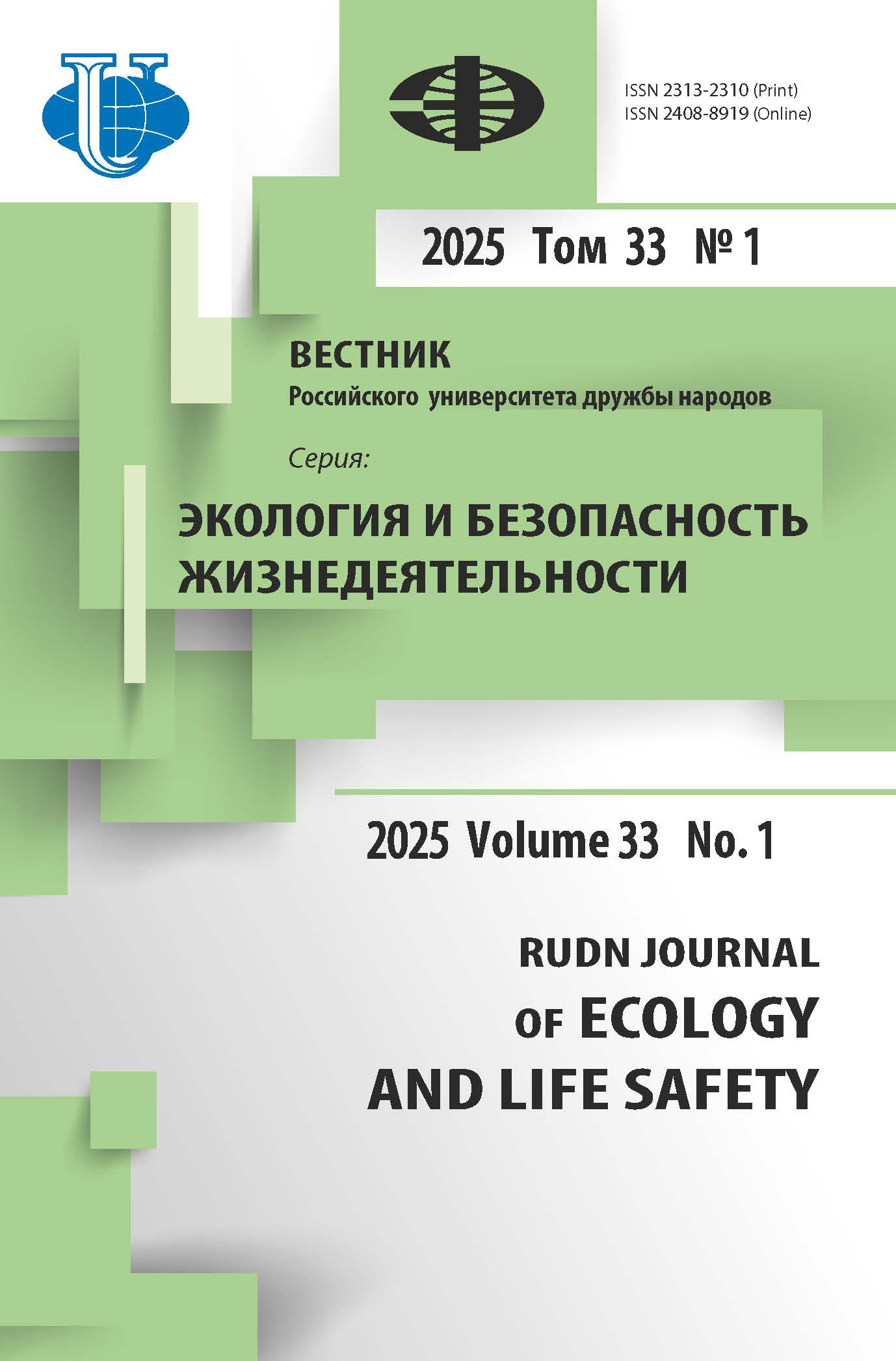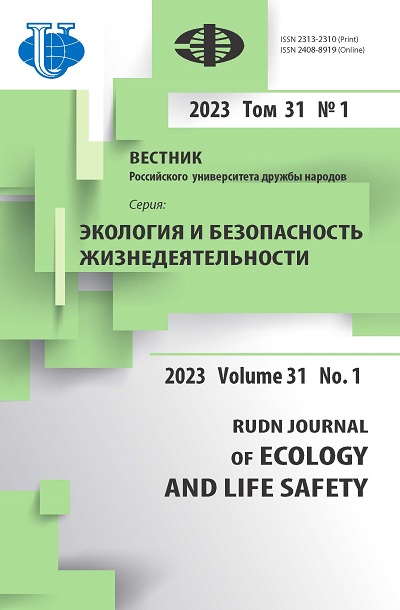Influence of the elemental composition of water and soil on the environmental portrait of teenagers in Khabarovsky Kray
- Authors: Nesterenko A.O.1, Evseeva G.P.2, Tselikh E.D.3
-
Affiliations:
- Pacific National University
- Khabarovsk Branch of the Far Eastern Scientific Center of Physiology and Pathology of Respiration - Research Institute of Maternity and Childhood Protection
- Far Eastern State Transport University
- Issue: Vol 31, No 1 (2023)
- Pages: 70-80
- Section: Human ecology
- URL: https://journals.rudn.ru/ecology/article/view/34267
- DOI: https://doi.org/10.22363/2313-2310-2023-31-1-70-80
- EDN: https://elibrary.ru/KFKUOW
Cite item
















